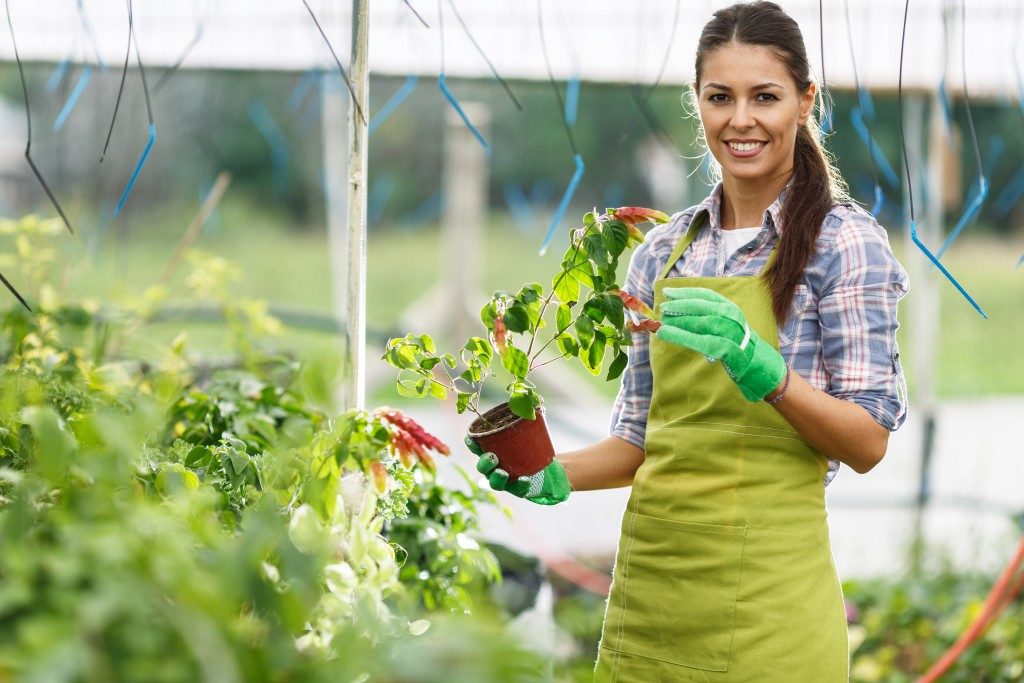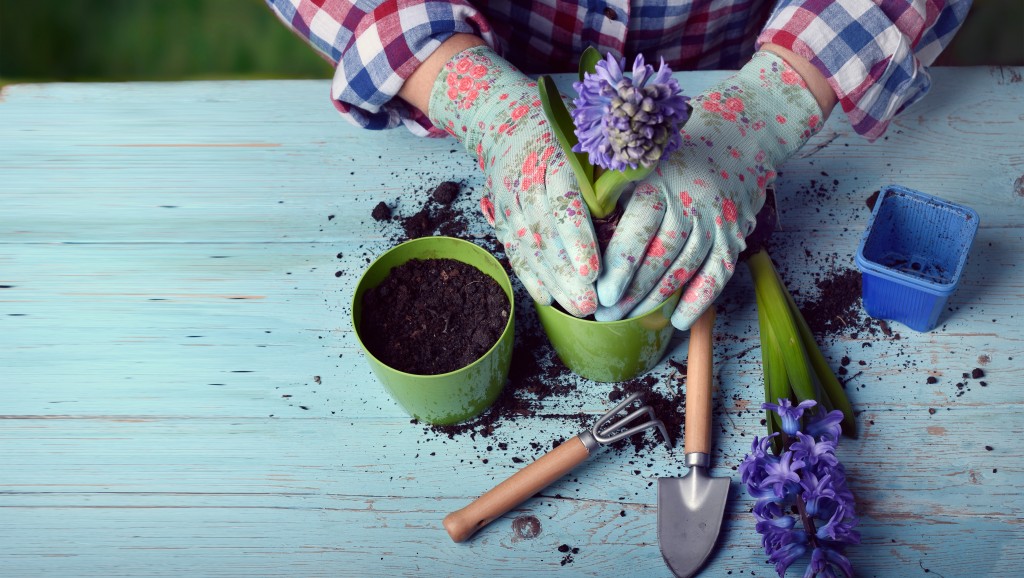- Regular soil testing and organic fertilizers optimize nutrient levels and pH balance for thriving plants and healthy growth.
- Implement Integrated pest management strategies combining biological, cultural, physical, and chemical tools for effective, eco-friendly pest and disease control.
- Install efficient irrigation systems, like drip irrigation or smart controllers, to minimize water waste and enhance landscape sustainability.
- Improve curb appeal with simple enhancements: add mulch, edge garden beds, trim lawns, and incorporate seasonal decorations and lighting.
- Prioritize sustainability, aesthetic appeal, and regular maintenance to increase your estate’s property value, outdoor enjoyment, and environmental health.
In real estate, a property’s value is judged not only by the structure that stands on it but also by the land it occupies and how well both are managed. Effective property management paired with thoughtful landscaping can significantly boost property value, enhance aesthetic appeal, and contribute to a locale’s environmental sustainability. This guide will equip property managers, landscape professionals, and homeowners with the necessary insights to maintain well-managed and beautifully landscaped properties.

Landscape Planning and Design
A well-conceived landscape plan is the foundation of a property’s outdoor appeal and functionality. Careful planning and innovative design are crucial to creating outdoor spaces that are not only visually stunning but also practical and sustainable.
This section delves into the key principles of landscape planning and design, highlighting the steps in assessing the site, choosing appropriate plants, and incorporating elements such as walkways, water features, and lighting. Property managers and homeowners can create landscapes that suit their specific needs and enhance overall property enjoyment and value by focusing on these aspects.
Assessing the Property
Understanding your property’s layout and unique features is the first step in effective landscape planning. Evaluating soil type, topography, and existing vegetation will inform your design choices and help you capitalize on the property’s natural strengths.
Sustainable Design Principles
Incorporating eco-friendly landscaping practices benefits the environment, reduces maintenance costs, and improves the longevity of your landscape. Consider native plant species, xeriscaping (designing landscapes to reduce or eliminate the need for irrigation), and rainwater harvesting systems to create a sustainable outdoor space.
Seasonal Considerations
A well-planned landscape takes into account the changing seasons. Selecting plants that bloom at different times of the year can ensure your property remains vibrant and attractive year-round. Preparing for extreme weather conditions, such as droughts or frosts, can protect your investment and keep your landscape looking its best.

Plant Selection
Choosing the right plants goes beyond aesthetics. Select species well-suited to your property’s climate, soil, and sun exposure. This guarantees a healthier landscape and reduces the need for chemical inputs and excessive watering.
Utilizing Professional Services
Complex landscaping projects, especially those involving mature trees, may require the expertise of an arborist. Consulting with landscape architects and other professionals can also provide valuable insights into design, plant selection, and maintenance practices.
Property Management Techniques
Effective property management techniques ensure your landscape remains healthy, aesthetically pleasing, and functional. These techniques encompass regular maintenance practices, pest management strategies, and the thoughtful implementation of irrigation and fertilization systems. By integrating these approaches, you can enhance the resilience and sustainability of your outdoor space, ultimately protecting your investment and promoting ecological balance.
Routine Maintenance
Regular maintenance tasks, including mowing, pruning, and irrigation, are crucial for preserving the health and appearance of your landscape. A consistent schedule helps prevent issues before they arise and ensures your property remains well-kept and inviting.
Soil Health and Fertilization
Healthy soil is the foundation of any successful landscape. Conduct soil tests regularly to monitor nutrient levels and pH balance, applying organic fertilizers to support plant health and growth.
Pest and Disease Management
Early identification and control of pests and diseases can save you time and money in the long run. Integrated Pest Management (IPM) strategies combine biological, cultural, physical, and chemical tools and are effective and environmentally sensitive approaches.
Water Management
Effective water utilization is increasingly important in contemporary landscapes. Think about investing in sophisticated irrigation solutions, like drip systems or high-tech controllers that tailor watering schedules to weather conditions, to reduce water wastage.
Enhancing Curb Appeal
First impressions matter. Simple enhancements like adding mulch, edging garden beds, and keeping lawns trimmed can drastically improve a property’s curb appeal. Consider seasonal decorations or lighting to add charm and character.
Conclusion
The above practices represent the beginning of what can be achieved with thoughtful property management and landscaping. By prioritizing sustainability, aesthetic appeal, and regular maintenance, property managers and homeowners can ensure their estates contribute positively to the environment and remain valuable and cherished spaces.
Maintaining well-managed and landscaped properties requires ongoing commitment, but the benefits—increased property value, improved outdoor enjoyment, and contribution to environmental health—are well worth the effort.


